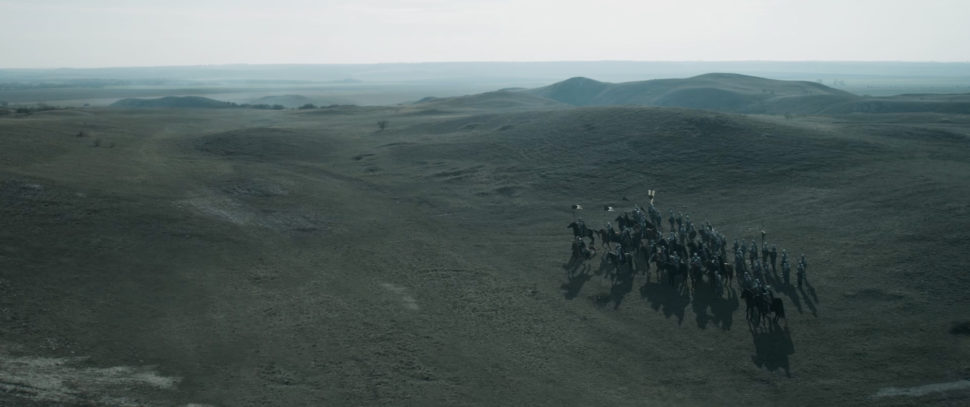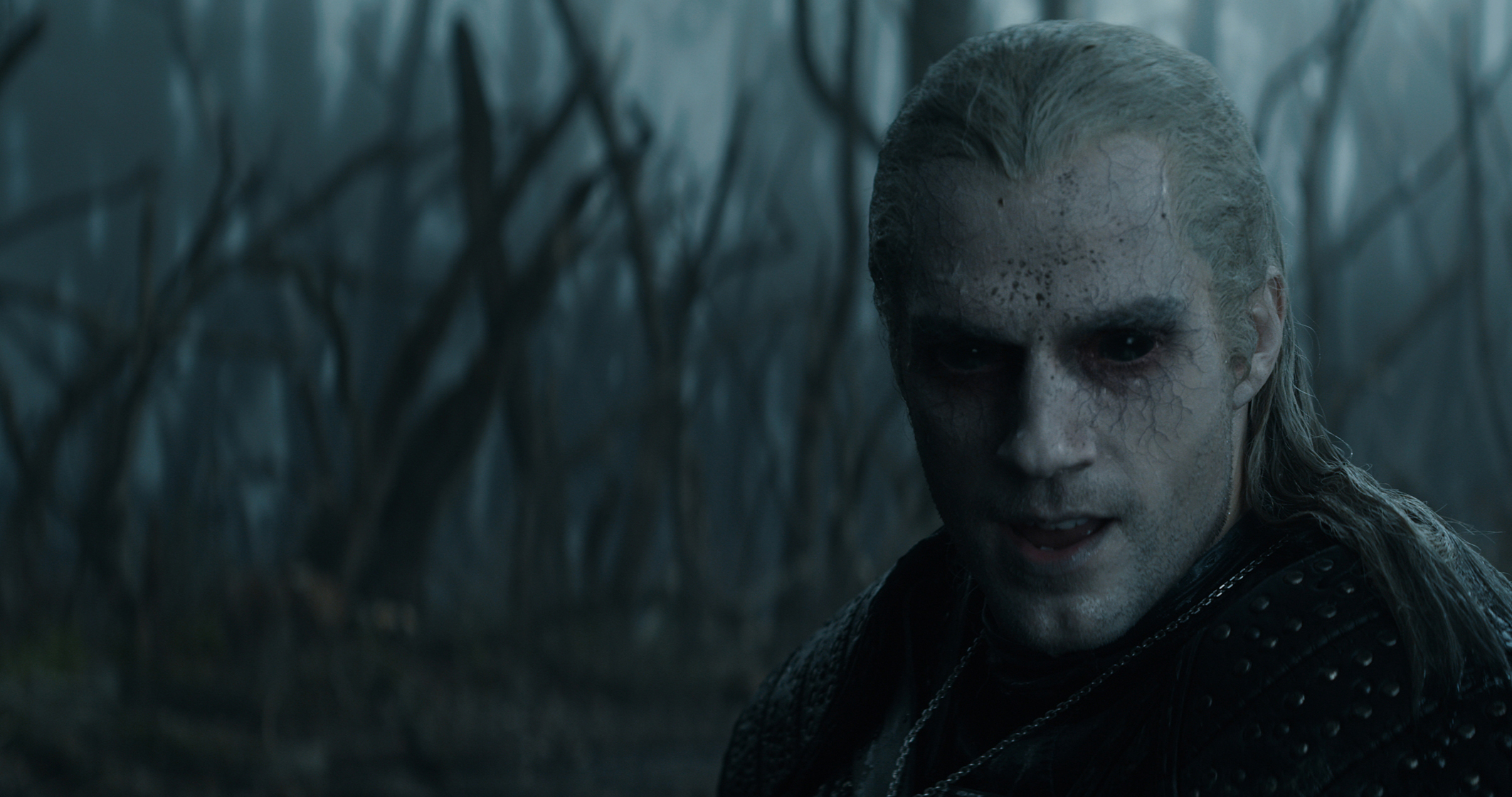Battle Crowd Addition



Geralt of Rivia, a solitary monster hunter, struggles to find his place in a world where people often prove more wicked than beasts. The Witcher follows Geralt (Henry Cavill), sorceress Yennefer of Vangerberg (Anya Chalotra) and Cintran princess Ciri (Freya Allan) as they find their destinies tied together.
Cinesite’s team in London completed over 250 shots and worked on all 8 episodes for season 1 of The Witcher, creating horrifying monsters, epic battles and a fiery, spectacular climax sequence. Our supervisor Aleksandar Pejic, worked closely with production supervisor Julian Parry to complete the visual effects.
Near the start of the first episode, Geralt battles the Kikimora creature in a dark swamp.
The Kikimora, a legendary creature from Eastern European folk-lore, appears in the series as an enormous spider with a humanoid torso and head.
Research was conducted into the movement of real-life insects to create a realistic and coordinated style of movement for the eight-legged creature, which needed to be dangerous but precise. It was important that it should not become a frenzied chaos of legs in the struggle.
Our team carefully matched the movement of the Kikimora to the planned moves of the fight choreography, in order to create realistic interactions with Geralt. The water both are standing in, as well as the leaf-litter and surface debris, are all computer generated (using Houdini). A realistic sense of resistance was required on the Kikimora’s legs whilst retaining the speed of the combat.
Another early battle sequence, filmed on a hillside outside Budapest required the creation of 10,000 Nilfgaardian soldiers fighting the Cintrans. 15-20 extras were filmed as reference and captured with 360-degree photogrammetry and motion capture cycles, as infantry and on horses, with a range of armour and uniform. This gave us scale, lighting, texture and movement reference; they were later replaced with Cinesite’s crowd agents and CG horses.
Cinesite’s 3D team also created the Striga creature, and the golden dragon for the series. The horrifying Striga features in episode 3, in another fight with Geralt, this time in an old Gothic castle. A thin, haggard, zombie-like creature, the Striga has deadly fighting skills.
The production built a prosthetic costume, which was worn by the stunt crew for most of the action shots. Cinesite’s team stepped in to augment and improve the prosthetics, but also to create the creature entirely in CG for some more physically demanding shots, which needed to intercut seamlessly with the prosthetic version.
Another sequence at the climax of the series involved the creation of a fire, spread magically by a key character, engulfing a nearby forest. This effect was created by creating a CG forest and dividing it into sections, which were further subdivided into even smaller clusters. Burn simulations were run on each cluster incrementally, reducing the overall render time and allowing the fire to spread from cluster to cluster in a convincing (although magically accelerated) way.
Released on 20th December 2019, The Witcher from Netflix is based on the book of the same name by Andrzej Sapkowski, which was also adapted as a popular RPG.